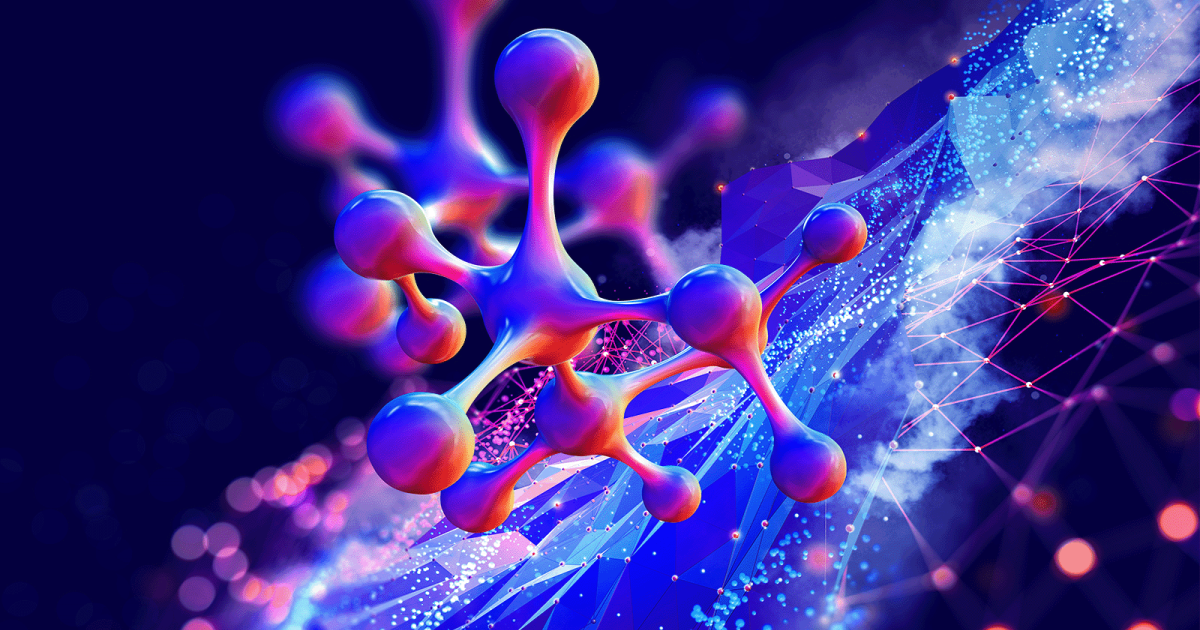Impact of Physics on Medical Sciences and Applications: Lasers and Nanotechnology

Medical Physics is the branch of Natural Sciences that deals with the application of physics in medicine. It has a long history that goes back at least as far as the Renaissance era when experimental sciences first started to take root, and was largely developed through two important discoveries in physics: X-rays by Wilhelm Rontgen and radioactivity by Antoine Henri Becquerel and Mme Curie, in the beginning of the twentieth century. From the middle of the twentieth century until now, many striking discoveries in physics have been made which have had great impact in the advancements of medical sciences and especially in medical diagnostics and treatments.

Laser Induced Breakdown Spectroscopy in Medical Sciences and Applications
Laser Induced Breakdown Spectroscopy (LIBS) is a form of optical emission spectroscopy. It is a technique based on utilizing light emitted from plasma that is generated via interaction of high power laser beams with matter. Assuming that light emitted is sufficiently influenced by the characteristic parameters of the plasma, the atomic spectroscopicanalysis of the emitted light shows considerable information about the elemental structure and the basic physical processes in plasmas. Concerning the first category, Patlak implemented the LIBS technique in order to study the role of various elements in the formation of gallstones (formed under the emphysema and mucosal state of gall bladder. The samples were collected from the Purvanchal region of Uttar Pradesh, India. The investigators were interested in exploring the elemental difference between gallstone compositions formed under habitat, nutrition and other environmental conditions. The study reveals the higher occurrence of gallstones in female patients. However, for male patients they found that it is more prevalent for those who were having the habit of tobacco, chewing, smoking or drinking alcohols. The trace elements Mg, K, Ca, Na, Fe, Mn and Cu were identified with different concentrations in the liver tissues under study. The results from the LIBS technique were fed-back to an artificial neural network to decide about the classification of the cancer disease. The neural network that was constructed at, is most suitable for the differentiation between normal and malignant samples. It was found that concentrations of the different trace elements steeply rise with the various grades and categories of the malignant tissues in comparison to the normal ones
With Regards,
Sara Giselle
Associate Managing Editor
Journal of Medical Physics and Applied Scinces